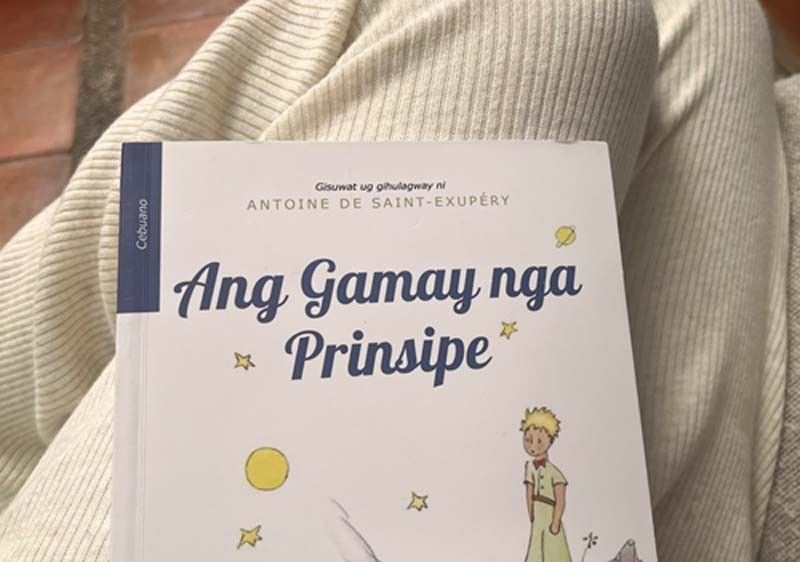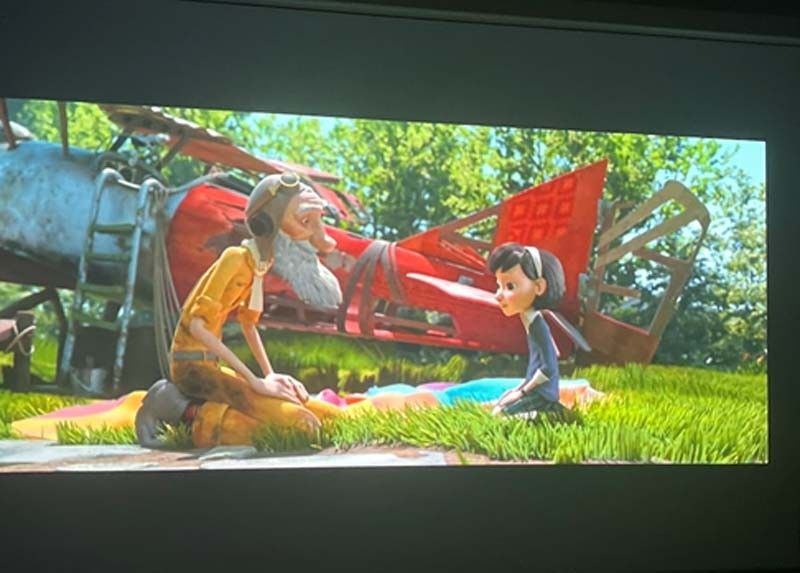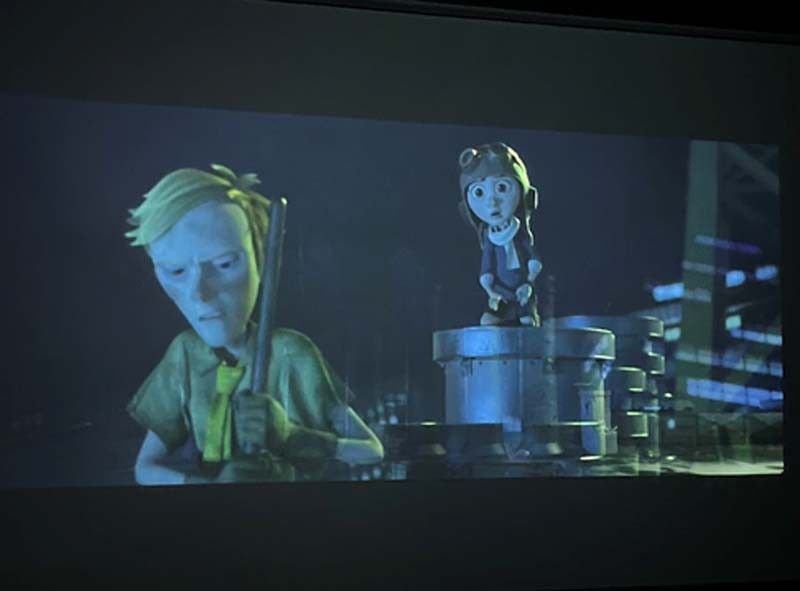Meeting the Little Prince again

MANILA, Philippines — A couple of months ago, my father’s high school best friend and his wife, both emigrants, visited the Philippines, with their kids (aged 13 and 6) for the first time. My father and I rushed to the book store to get gifts for his inaanak — a planner and a Filipino book for the teenage girl, and, after being clueless on what to give to the little boy, my father, a man fond of the classics saw The Little Prince and thought that it was the perfect gift.
I wasn’t as excited about his choice, perhaps because ever since I consumed the book and the film as a kid, I had always subconsciously thought that it was overrated and that it only capitalized on its cute illustrations, the beauty of the French language, and the same idealistic, anti-adulting emotional appeal like that of Peter Pan’s story -- romanticizing about staying a child forever.
But I am no longer that kid. I am 16 years old now and just recently, I met the Little Prince again—as a freebie from accessory shop Kriseldafreedom (@Kriseldafreedom)--but in this edition he speaks Cebuano. People must really like him to adapt him into everything, I thought to myself, so when I learned that the UP Film Center would screen the movie, it just felt right to watch.
I did and indeed, I left the theater having finally understood its popularity.

'Metaphors'
I realized that its value is in its metaphors (that can only be seen using the heart and not the naked eye), and in its relatability— the film in particular was very relatable because its protagonist was a girl who had her life meticulously planned out for her by a controlling, perfectionistic mother using what they called the “Life Plan,” a restrictive box that would eventually be destroyed by the peculiar old man next door, the pilot who told her the Little Prince’s story—a fountain of metaphors.
The first one that struck me was already mentioned: a box, and how it was used to show the difference in creative thinking between the pilot and the Little Prince, for the latter thought outside the box (about what’s inside it).
There were also the six characters from the other planets; the king, conceited man, tippler, businessman, geographer, and lamplighter, each arguably representing some of the seven deadly sins, except for the lamplighter who I think represents blue collar workers and their seemingly endless work, especially in this capitalistic society. Speaking of which, I believe this was what was depicted by the world entered by the girl in search of the prince because its population was only adults, working robotically for the businessman in offices powered by the light from the stars which have all been greedily caged by him.
On one of the buildings’ roof, the girl spots the misfit adult janitor “Mr. Prince” and convinces him to remember who he was before he was put into a box.

Together, they free the stars, which I think can represent people’s dreams, which capitalism exploits and feeds on in order to sustain itself.
When Mr. Prince returns to his planet, he transforms into a 2-D child again and sees his now-dead rose, a metaphor for first love/infatuation and how it was our love that made them literally one of a kind according to the fox, who said that to be tamed is to depend.
To be loved is to be changed, just as the girl was changed by her bond with the old man, who reminded her that “growing up is not the problem, forgetting is.” We need not antagonize adulthood, only to remember our own Little Prince—our inner child—in trying to be good grown-ups.
I realize that I couldn’t appreciate the story back then because I suppose, despite being a “children’s book,” it was never fully meant for children to love at that age, but rather when they flip the pages once again years later.
I agree now that it was the perfect gift, and maybe more for the parents of the receiver, but hopefully in time he too will be able to understand it for himself and see that what is essential is invisible to the naked eye.
Araw Longid is a 16-year old grade 12 HUMSS student with a love for metaphors and telling stories as well as learning from that of others.















